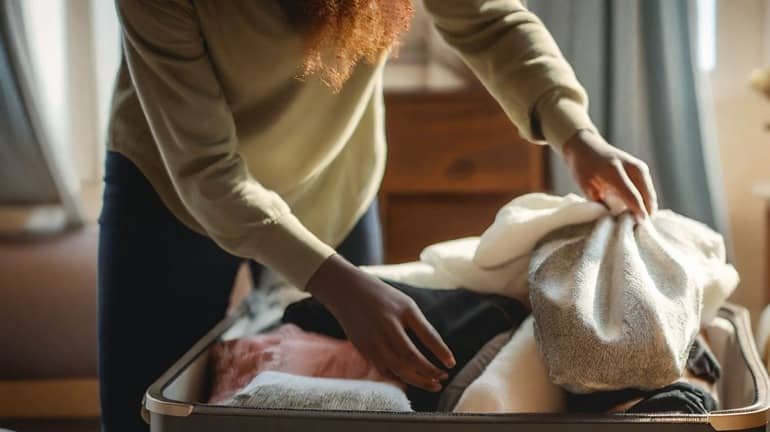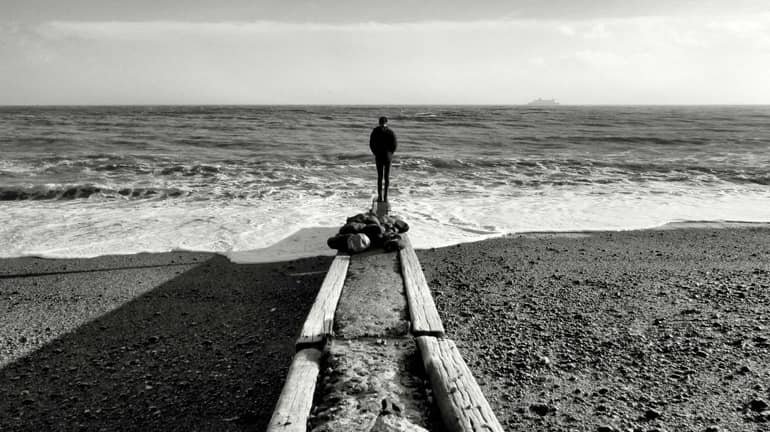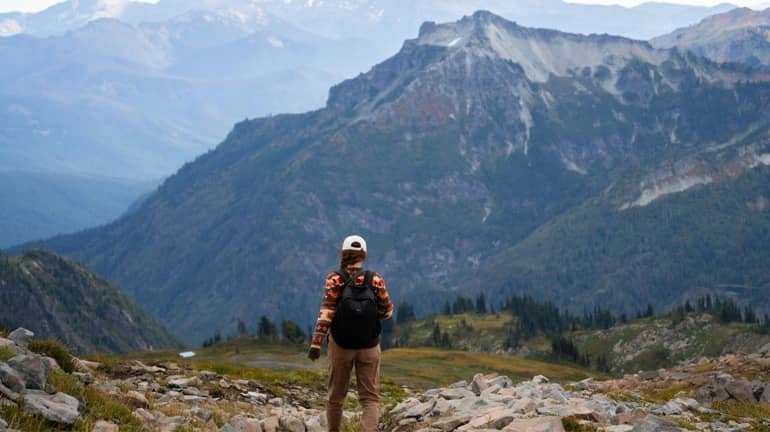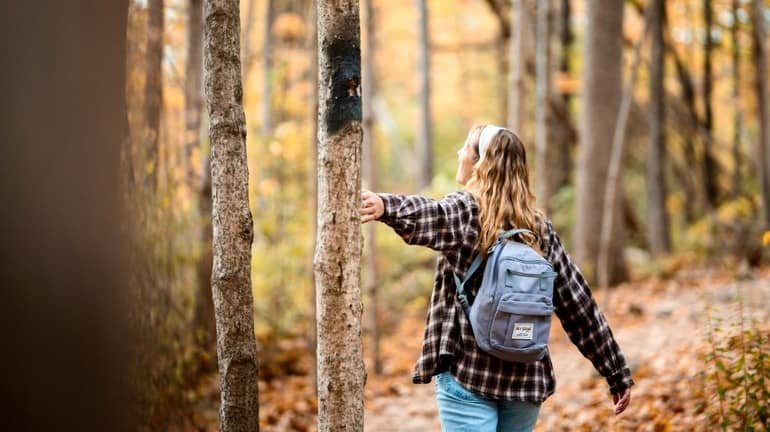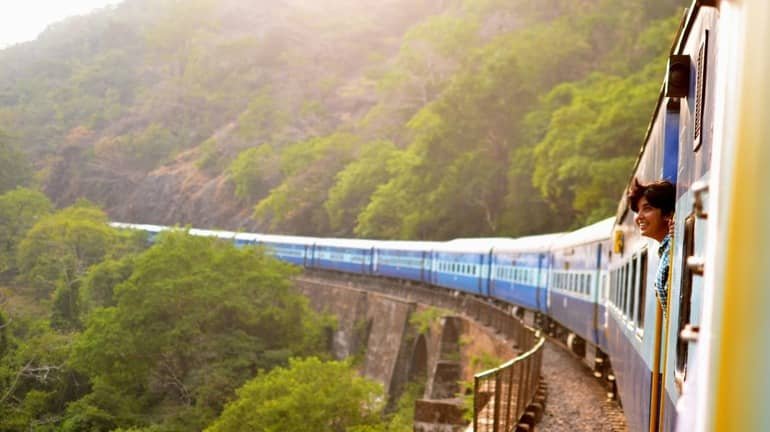Planning a solo trip for the first time can be an exciting and empowering experience. It provides you the chance to step outside your comfort zone, explore the world at your own pace, and discover aspects of yourself you never knew existed. However, if you’ve never taken a solo trip alone before then planning the journey may feel a little overwhelming. Where to start? What to consider? and how to plan a safe and enjoyable experience.
In this guide, we take you through the process of how to plan your first ever solo adventure, how to go about choosing the right location, creating an effective itinerary which would work for you, and feeling confident on your journey. Travelling solo is one of the most rewarding things you can do, and with good preparation and the right mindset, it might just turn out to be a life changing experience.
Having solo travelled to many destinations over the years, I know that your first trip can be quite daunting; at the same time, it is a journey into the unknown. With every step of planning, you get more confident and await the adventure with increasing eagerness. Here’s the step by step process to planning your first solo trip.
Choice of Destination
First and foremost, selecting the right destination for your solo trip is crucial. While the world is full of wonders, not every place is ideal for first-time solo travellers. Choose a destination where you’ll feel safe and relaxed, but also one that offers plenty of cultural experiences, activities, and opportunities to immerse yourself in new adventures.
Familiar destinations are a great starting point: If it is your first solo trip, go to a place that feels achievable and comfortable. It may be a country or city that speaks the same language as you or otherwise one known to be solo traveller-friendly. Cities like Lisbon, Amsterdam and Thailand are often recommended for solo travellers since they are easily navigable, safe, and with plenty of things to see and do.
Think about your interests: Where you go should be reflective of personal interests. For instance, do you like history, or maybe nature, or even food? Choose a destination in which you will find something to stimulate and excite your senses. If you are into nature, why not go hiking in the Swiss Alps or explore the national parks of Spain? Are you the ultimate foodie? Why not try cities like Barcelona or Bangkok, hailed for their amazing food scenes?
Safety first: While solo travel is all about freedom, safety should always be a priority. Do some research on how safe the destination is for solo travellers and, if applicable, for women. Research the crime rate of the country, ease of commute, and how well tourists are received.
When I planned my first solo trip, I chose Spain. Living in the UK, it was a nice and close destination. I had heard it was safe and easy to navigate, with good public transportation and a welcoming attitude toward tourists. Its exciting yet accessible nature made it the perfect choice for my first solo adventure, and I never knew I’d become addicted to travel.
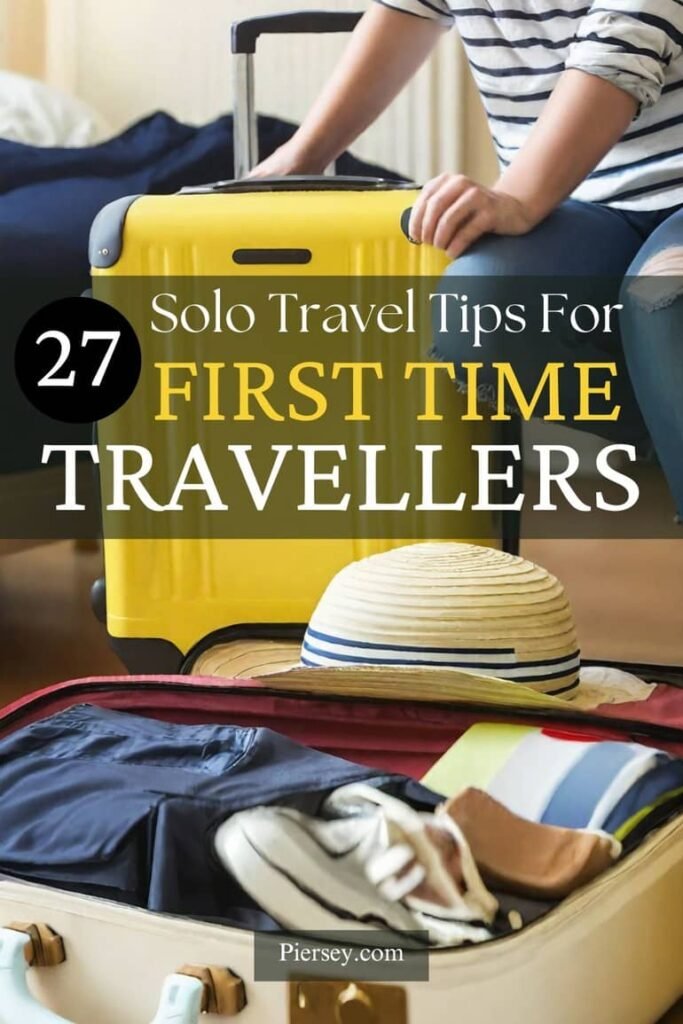
Planning Your Itinerary
Once you have decided on a destination, the next step is planning what you’re going to do while you’re there. Having an itinerary can significantly reduce the anxiety of solo travel, as it provides a clear idea of your plans and routine. However, when travelling solo, you are able to be much more flexible, so don’t feel compelled to plan out every second of every day.
It’s also time to determine the cost of the trip and plan how you’ll manage your money. Since you solo travel, everything would fall on your account, so it is an important aspect to plan out in your budget.
Start with the basics: Work out how many days you’re going to be travelling, and break down each day with a few key activities or sights you want to see. Give priority to the big attractions you are most excited about, but leave some time for spontaneous exploration. Much of solo travel is about flexibility, so having gaps in your schedule allows you to follow your curiosity.
Food: Eating out for every meal will add up fast. Consider local markets or grocery stores, and try to seek out street food as a great way to find local culture on the cheap.
Use travel guides and apps: When putting together a trip, you will find helpful resources in travel blogs, guidebooks, and even apps like TripAdvisor and Google Maps. The top-rated attractions, recommendations of the best places to dine, and sometimes some not-so-known hidden gems that may not always be in the guidebooks can be found. Pinterest is also a great source of travel inspiration, where you make boards of all those fabulous places you want to visit. You’re welcome to explore my Pinterest anytime.
Factor in rest time: It’s easy to overpack your itinerary, especially when you’re excited about visiting a new place. Solo travelling is tiring, so make plenty of time for rest, downtime, and recharge. Whether a quiet afternoon at a café or an early night in, taking good care of yourself while travelling is just as important as seeing the sights.
Planning my trip to Italy, I always made it a point to leave enough time for wandering aimlessly in the streets of Florence without any plans. Some of my favourite memories are the spontaneous moments—like accidentally finding a local market with the best produce and fish, or sitting in a café, drinking a cup of coffee, enjoying the sunset, and soaking it all in.
Booking Accommodation
Where you stay can make all the difference in how comfortable and enjoyable your solo trip will be. Ideally, you would want to stay in a place that is safe, centrally located, and suitable for your travel style. Depending on your travelling budget and preferences, there are a few different types of accommodation to consider.
Hostels: Highly popular among solo travellers due to their affordability, social aspect, and the fact that many of them are centrally located in the city. Many hostels often provide private rooms besides offering dorms, so you really get the best of both options. Besides, staying in a hostel can help you meet other travellers, especially if you are beginning to feel a little lonesome during your trip.
Hotels and guest houses: If you prefer more privacy or comfort, hotels and guest houses are equally good options. Opt for smaller, boutique types of hotels or guest houses that have a personal touch. Many of these have common areas where, if you want to, you can speak to the owners or other guests, which for some people makes them less disconnected when they travel alone.
Airbnb: More locally oriented, Airbnb is another great option. You could either share a house by renting a private room or have the entire place to yourself. Locally staying with a host might provide you with great insider tips into the area, and they can often give recommendations that you may not find in guidebooks.
A friend I met in Lisbon once told me about his experience renting a guest house. Every morning, they would offer him coffee and pastries while sharing tips about the best places to visit that day. He said it made his solo trip feel less lonely, as he had people to talk to each morning.
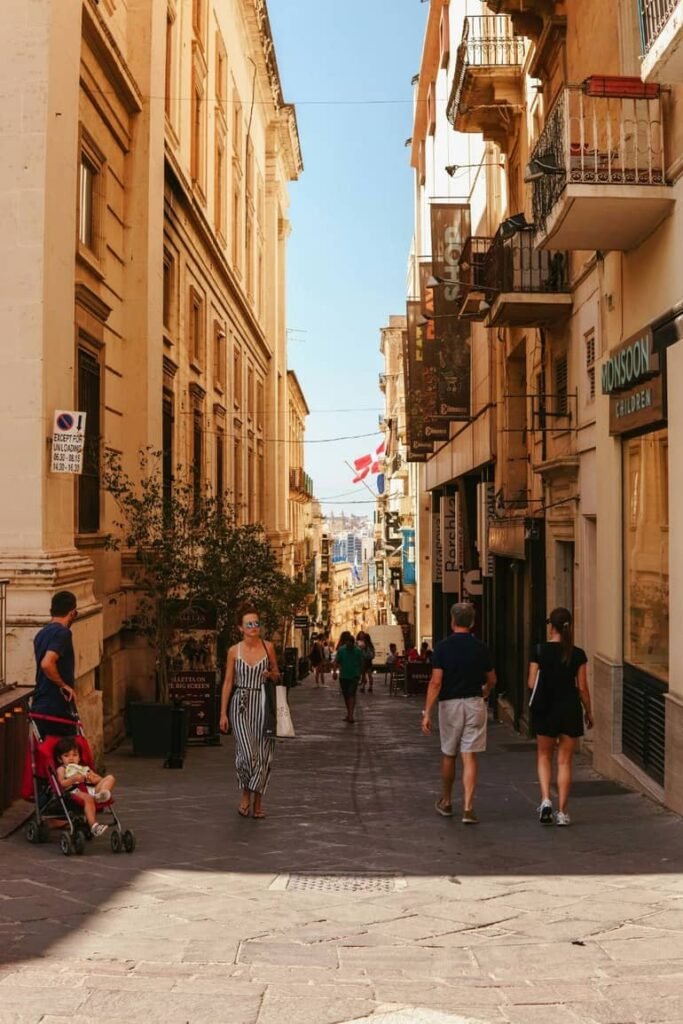
Packing for a Solo Trip
Packing for solo travel means practically preparing for anything. You will want to pack light enough to handle everything yourself, but also make sure you have all the essentials. Here is a simple guide as to what you should bring.
Versatile clothing: bring along clothes which are easy to mix and match. Stick to neutral colours and light fabrics which you can layer depending on the weather. Ensure wearing comfortable clothes for both daytime exploration and nighttime entertainment.
Comfortable footwear: Since you’ll likely be doing a lot of walking on your solo trip, comfortable shoes are just what you need. Make sure you bring along a pair that is already broken in since you don’t want to end up with blisters on your first day.
Safety items: a small travel first-aid kit, a portable phone charger or powerbank, and a money belt. To keep your possessions secure, consider bringing a padlock for hostel stays, as well as copies of your passport and other travel documents.
Travel essentials: pack toiletries, shades, and a refillable water bottle. When embarking on travel in a country with a currency other than your own, make sure you can buy small items with cash in their smallest denominations.
I went super light when travelling alone in Southeast Asia, and I only packed what I needed. I also made sure everything I brought served at least two purposes. A scarf serves as a cover-up, a blanket, or even a microfibre beach towel if I really needed one.
Staying Safe on Your Solo Trip
Safety is paramount for any solo traveller, but with the right preparation, solo travel can be just as safe as travelling with others. Here are just a few things to keep in mind so that you can stay safe on your adventure.
Do your research: Before you go, read about the general safety of the destination you’re visiting. Know which areas are safe for tourists and what neighbourhoods to avoid. You can also look into local customs and laws so that you’re respectful and don’t accidentally attract unwanted attention.
Stay connected: Leave your itinerary with a friend or family member back home and arrange for regular check-ins. Travel with a fully charged phone, and consider downloading maps or navigation apps that can be used offline should your signal go down.
Trust your instincts: If something feels off, just trust your gut. If it’s a neighbourhood that doesn’t seem right to you, or if it’s someone approaching you with too many questions, do not be afraid to walk away from the situation. Solo travelling is all about self-reliance, and trusting your instincts will keep you safe.
Blend in: Don’t be a tourist. Dress like the locals and don’t flash your valuables. Just blend into the surroundings. When in doubt, observe what the locals are doing and follow suit.
Once in Prague travelling solo, I walked into a neighbourhood that just didn’t quite feel right. It might have been just my imagination, but I felt like everyone was watching me and waiting for opportunity to rob me. Instead of continuing further, I listened to my instincts and backtracked to the busier part of town. It is the little decisions like this that often are the most pivotal during single travel for safety sake.
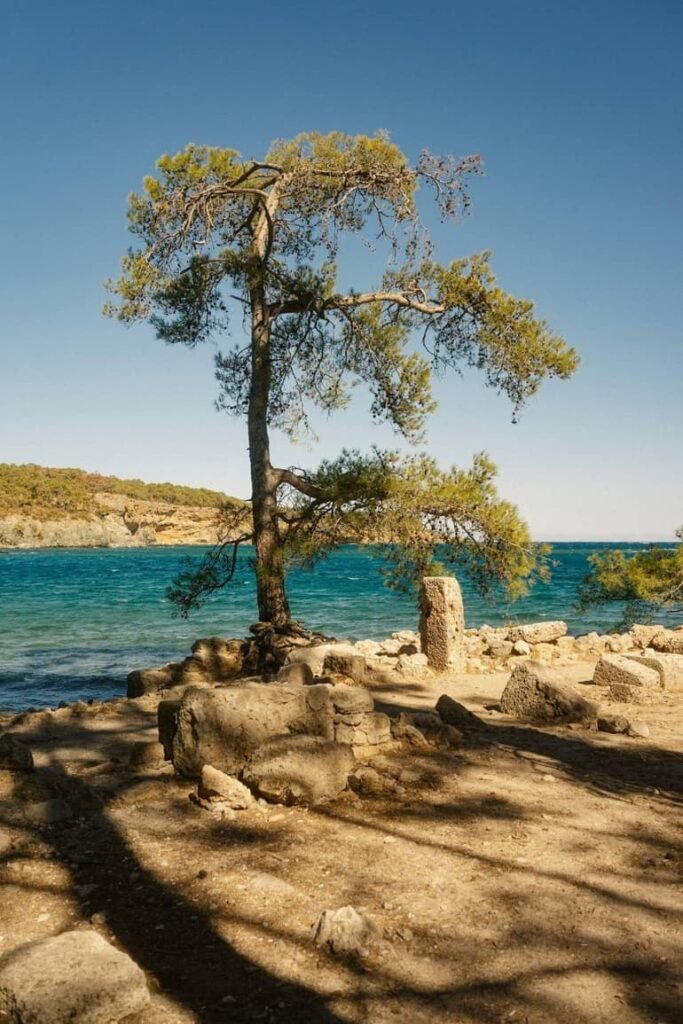
Navigating Your Destination
Once you reach your destination, you will surely want to feel confident that you can get around solo. Travelling around a new city all by yourself can be somewhat intimidating, but if you do some prep work, it’s a whole lot easier.
Public transportation basics: Take some time to learn the general public transportation system that is in place before reaching your destination. Could be buses, trains, trams-whatever the case may be. Knowing how to get your way around you could save so much time and unnecessary stress. Many cities also have apps which allows you to check routes and schedules.
Download offline maps: Google Maps and other navigation apps provide offline maps, which are incredibly useful when you don’t have access to Wi-Fi or mobile data. Simply download the maps before you go, and you’ll always know where to navigate.
Get familiar with the landmarks: In big cities, it’s common to feel disoriented, as many streets can start to look identical. Familiarize yourself with a few key landmarks near your accommodation, so you’re always able to find your way back if you are feeling lost.
Upon arriving in Barcelona for the first time, I was a bit overwhelmed by the city’s gigantic size and its transport system, which includes the metro, bus, tram, and trains. After spending some time studying the maps and downloading some offline maps, I felt much more confident navigating the city on my own.

Socializing on Your Solo Trip
The best part about solo travel is meeting new people from all over the world. Just because you are travelling alone doesn’t mean you must feel lonely. Here’s how you can make connections along the way.
Join the group activities: Many hostels organize group activities such as walking tours, pub crawls, and cooking classes. These are really great ways to meet other solo travellers. Not only do you get to share experiences, you might even make some new friends with whom you can continue travelling with.
Social Apps: From Meetup to Couchsurfing, apps have been designed to help people connect with others in an area. Anything from joining an event with locals to having a coffee meetup-the app will enable you to find like-minded people wherever you want to travel to.
Open up to people: Solo travel gives you the freedom to be as social or as solitary as you want, but being open to conversations might be the beginning to some fantastic connections. Whether chatting over a cup of coffee with someone or striking a conversation with a local shop owner, do not be afraid of the people around.
In Faro, Portugal, I once booked a dinner at a hostel followed by a pub crawl. I met many other solo travellers exploring Europe and had a fantastic evening. It became one of the highlights of my journey. Solo travel doesn’t mean being alone all the time—you connect with like minded people who enrich your experience.
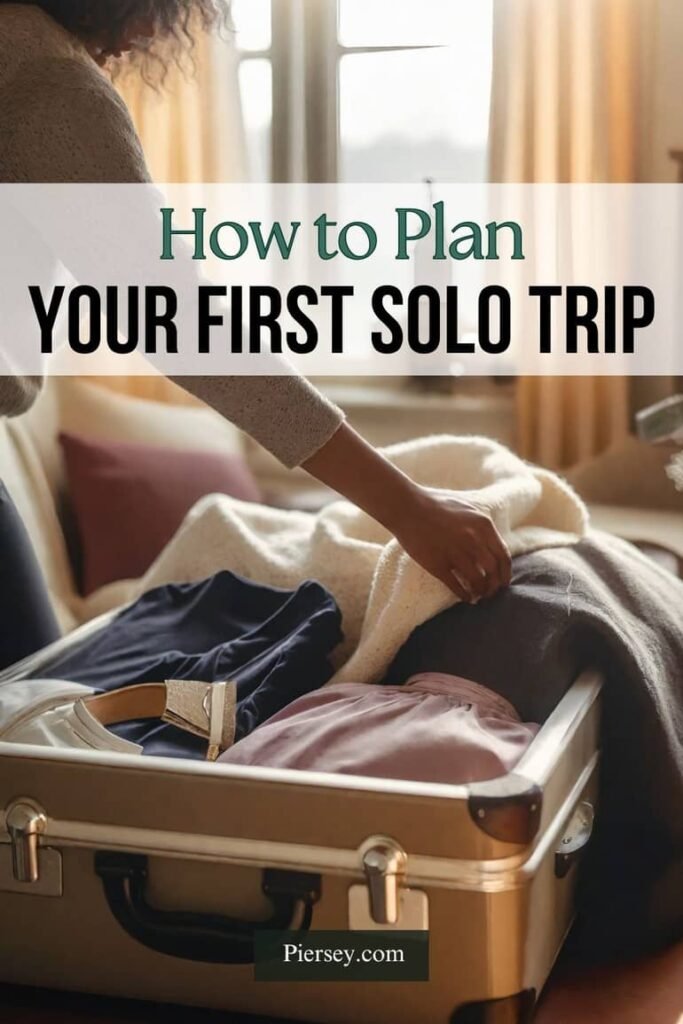
Embracing the Unexpected
The beauty of travelling alone is embracing the unexpected. You can easily go with the flow of events and follow your curious mind when you are on your own. Here’s how you can make the most out of those spontaneous moments.
Be flexible: Having a general idea of an itinerary is great, but never be afraid to steer off course if something more interesting comes along. Solo travelling lets you go by instinct and wander on whims, without the need to adhere to a rigid schedule.
Say yes to new experiences: from trying some new kind of food, joining some local festival, to taking a detour to an unplanned destination, saying yes opens you to some of the beauties of solo travel. These spontaneous moments usually tend to be the most memorable parts of your journey.
Enjoy the journey: While the destination might be important, it’s equally about the journey. Embrace slow travel by taking time out to savour every moment: sip coffee at a local café, watch the sun go down, or simply wander through a new city without a plan.
During a solo trip to Kuta, Bali, I met a group of Australian travellers who invited me to join them on a trip to a nearby beach. It wasn’t part of my plans, but I said yes. We spent hours chatting, laughing, and sharing travel stories. It became one of the highlights of my trip. Being open to the unexpected creates room for amazing adventures you never anticipated.
Conclusion: Your First Solo Trip Awaits
Planning your first solo trip might feel intimidating at first, but it’s also one of the most rewarding experiences you’ll ever have. From the selection of a perfect destination to the connections you make along the way, solo travel allows complete freedom while travelling around the world. You’ll learn more about yourself, boost your confidence, and you would create some lifetime memories.
So, take the plunge with the adventure and start planning your solo first trip. The world is waiting for you to come and visit it on your terms.

